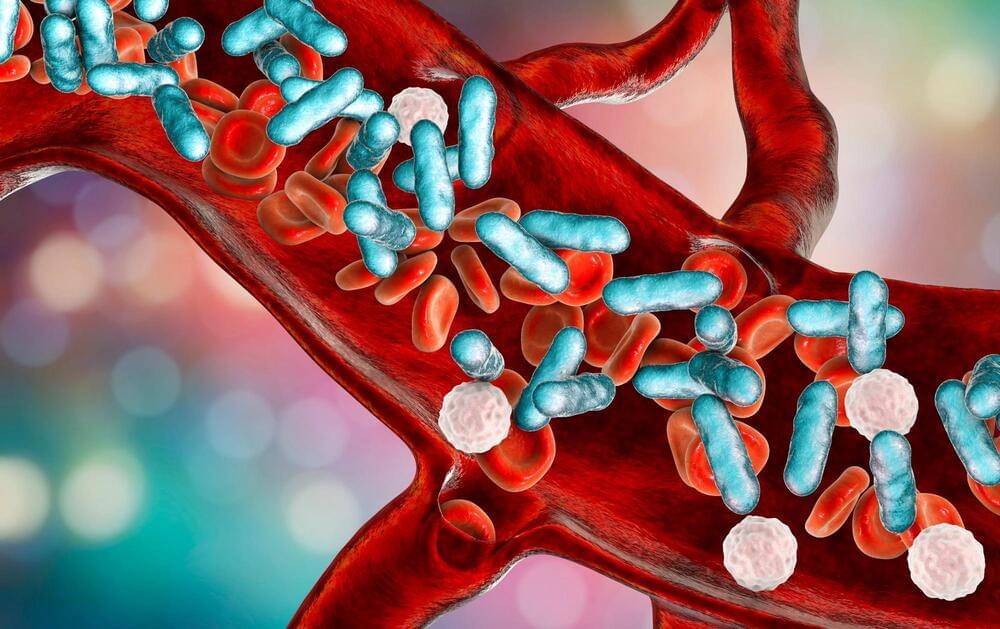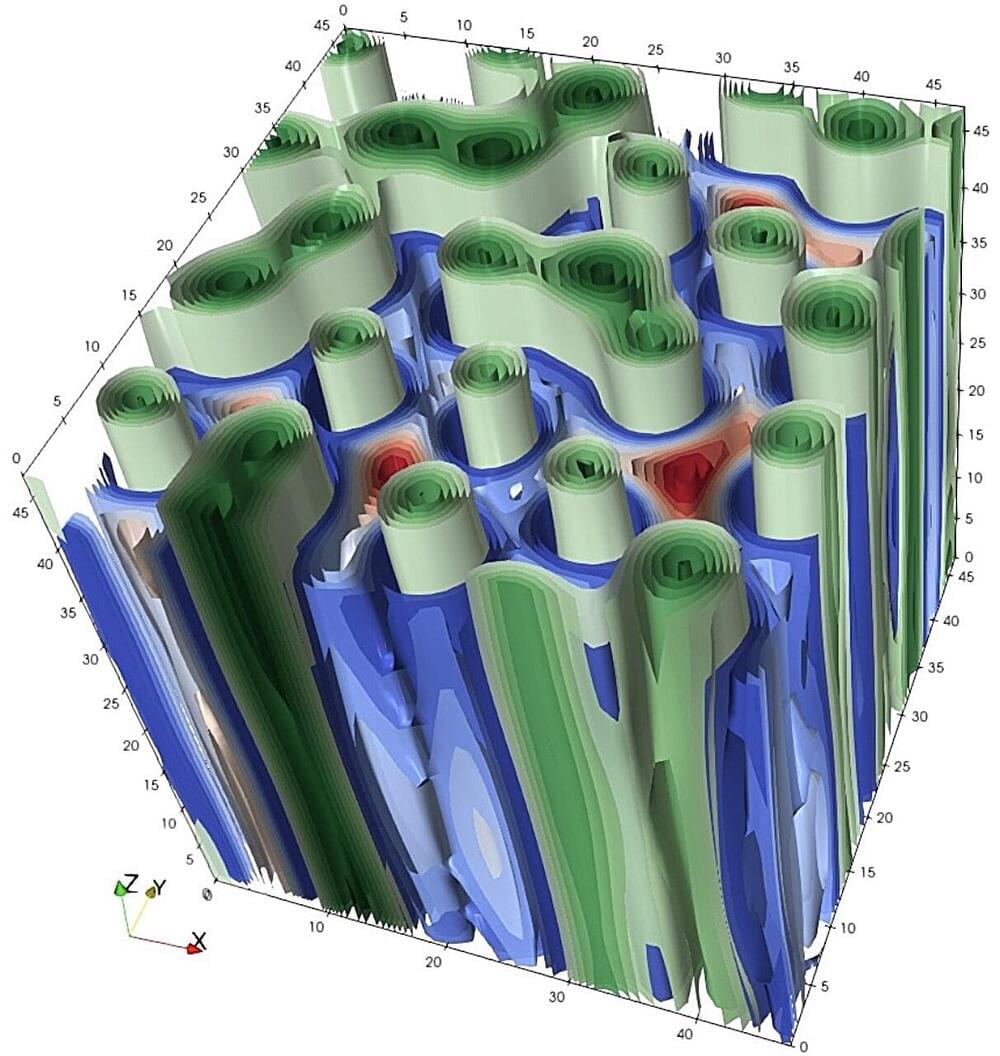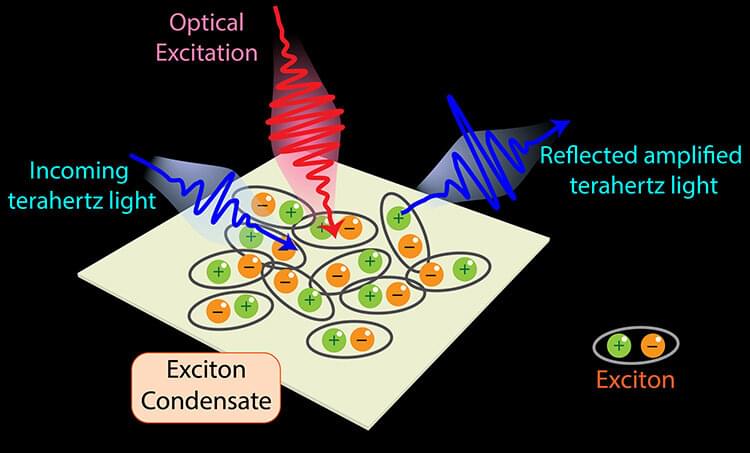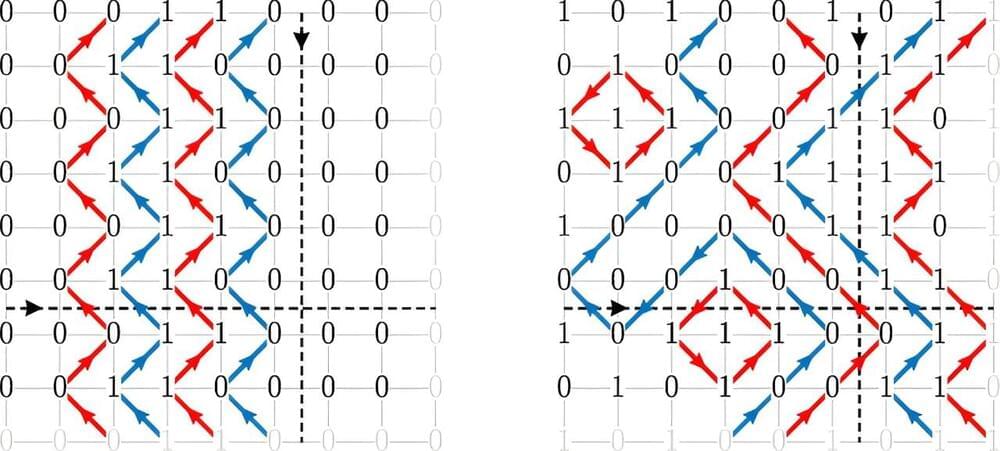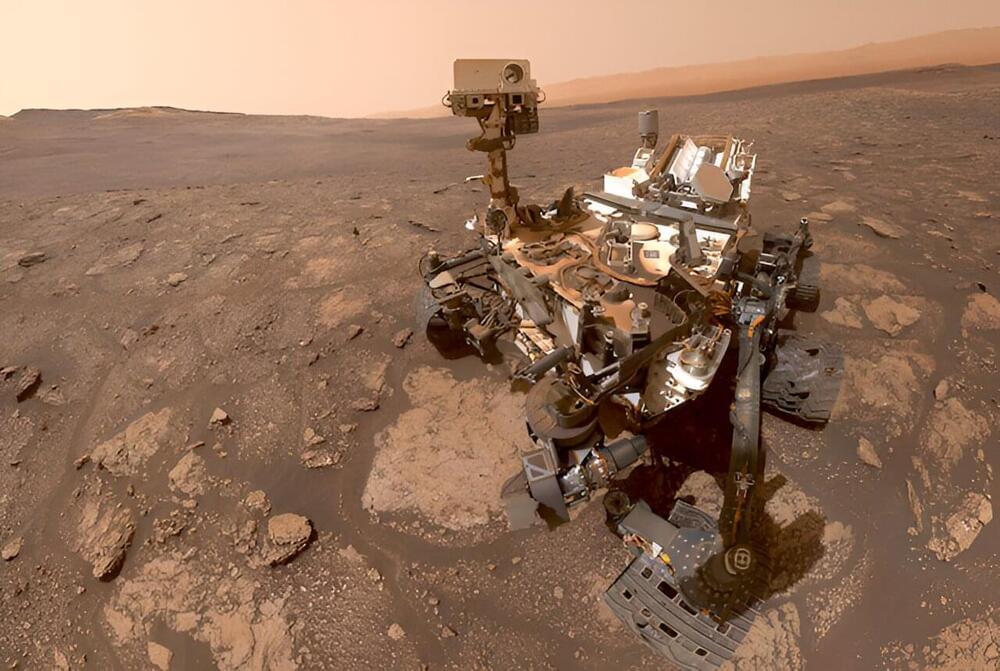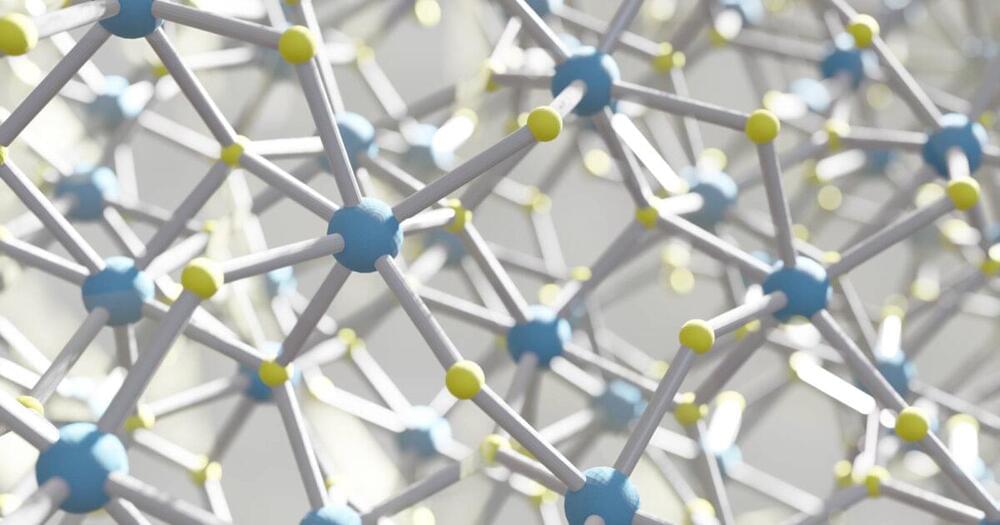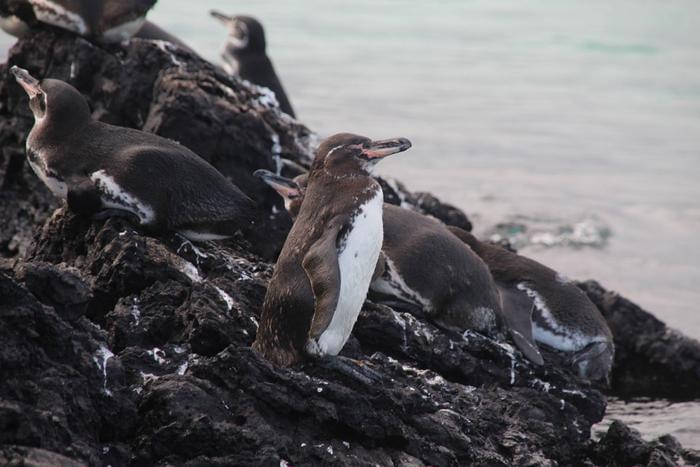Jan 25, 2024
Western firms are quaking as China’s electric-car industry speeds up
Posted by Kelvin Dafiaghor in categories: Elon Musk, mobile phones, sustainability, transportation
As Pedro Pacheco of Gartner, another consultancy, points out, Chinese firms are also managed differently. They are less risk averse and move faster than foreign firms, quickly updating tech and introducing new models to keep customers interested. Treating new cars like consumer-tech products, such as smartphones, extends to ditching duds quickly. Li Auto now ceases production of new models in a matter of months if they do not sell well.
EV startups such as Li Auto, NIO and Xpeng were all founded by tech billionaires who, like Tesla’s Elon Musk, regard their firms as tech companies that happen to make cars. In fact, lots of Chinese tech firms are getting involved in the car industry. Whereas Apple has mulled such a venture long and indecisively, Xiaomi, a big Chinese smartphone-maker, unveiled its first vehicle in December (a fancy and expensive saloon). It plans to make cheaper models in future with the immodest goal of becoming one of the world’s top five carmakers in 15–20 years. Huawei, a telecoms firm, and Baidu, a search engine, have also teamed up with car firms to make vehicles.


